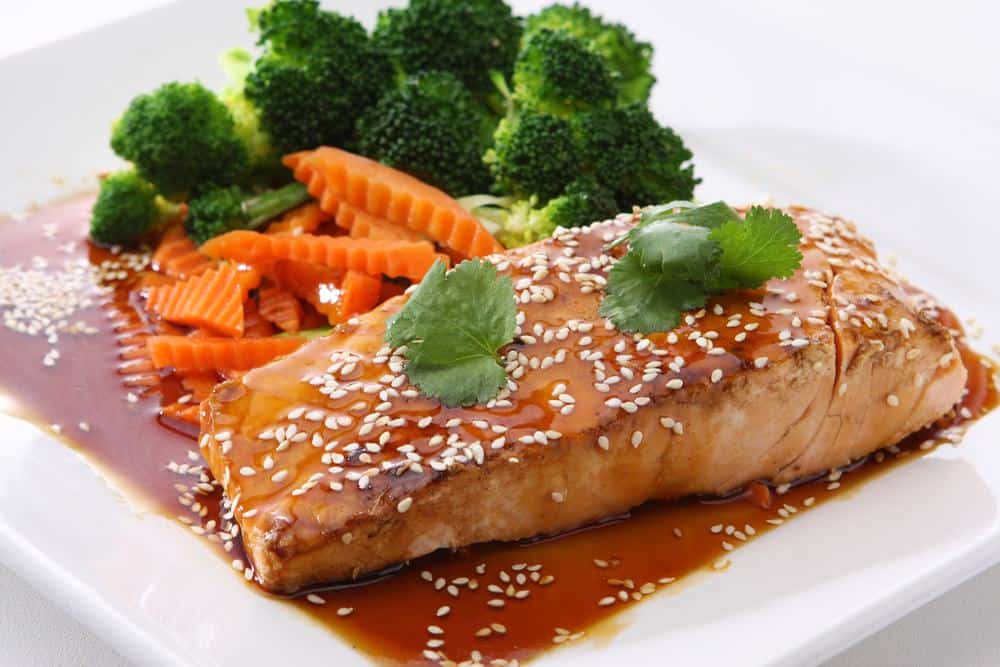Eating a balanced diet helps you stay healthy, and protein is an essential part of your diet. It is an important building block for your muscles, bones, blood, skin and cartilage. Protein also provides the hormones, enzymes and other chemicals your body needs. Eating a diet rich in protein can also help you lose weight. You feel full longer after eating protein, too.
And, when you combine protein with exercise, it builds lean muscle. It increases your metabolism, reduces your appetite and has an effect on the hormones that regulate weight. When you replace carbs and fat with protein, you decrease your hunger hormone and increase satiety hormones. You will lose weight because you automatically consume fewer calories without having to count them consciously.
The thermic effect of protein also means that when your body metabolizes and digests protein, it burns calories. When your protein intake is high, you can burn about 80 to 100 more calories a day. Eating more protein can also help to reduce your food cravings, making it easier to maintain your healthy diet. The following are some good high protein foods to eat that will help you control your weight.

30. Salmon
Salmon is a fatty fish loaded with nutrients, including protein. It is tasty and you can prepare it in many different ways. A serving of 3.5 ounces contains 22 to 25 grams of protein. It may be more expensive than other sources of protein, but salmon can replace the meats that contain unhealthy fats, which are bad for your heart.

The well-known omega-3 in salmon benefits your heart health. Several recent studies have revealed that salmon contains small bioactive peptides or protein molecules. And they may help control digestive tract inflammation, support joint cartilage and affect insulin effectiveness.
Researchers are starting to learn more about salmon peptides and finding more potential health benefits. This is particularly true when it comes to inflammation of the joints. However, the contamination of salmon with mercury and pesticides are of some concern, so sourcing wild caught salmon is best.
